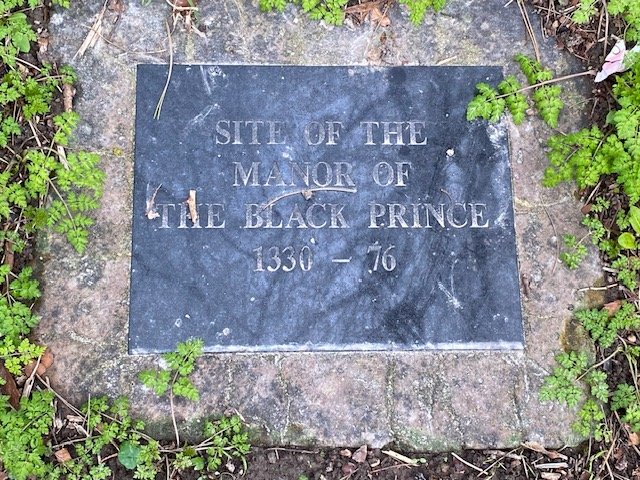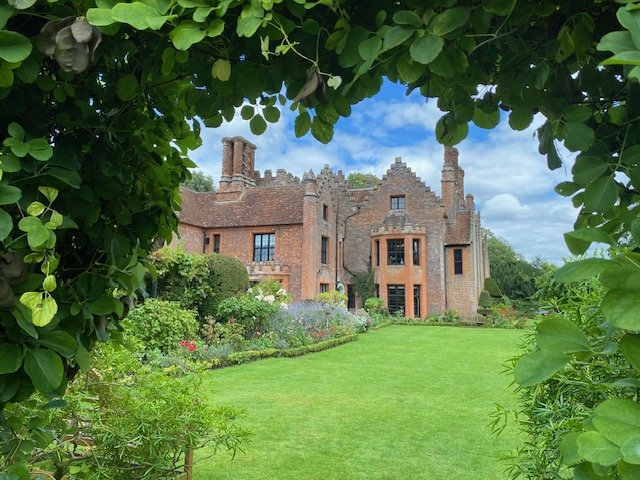
Wanderings and wonderings…
I love exploring places and discovering the history, culture and people which have made them what they are.

I love exploring places and discovering the history, culture and people which have made them what they are.

Not a lot to see here!

Visited by royalty, including Catherine Howard